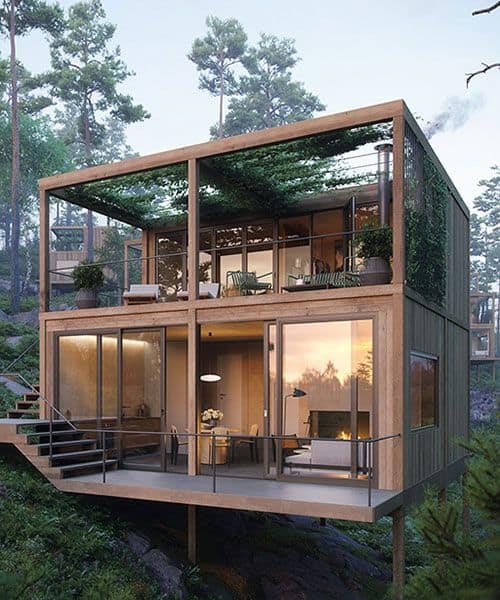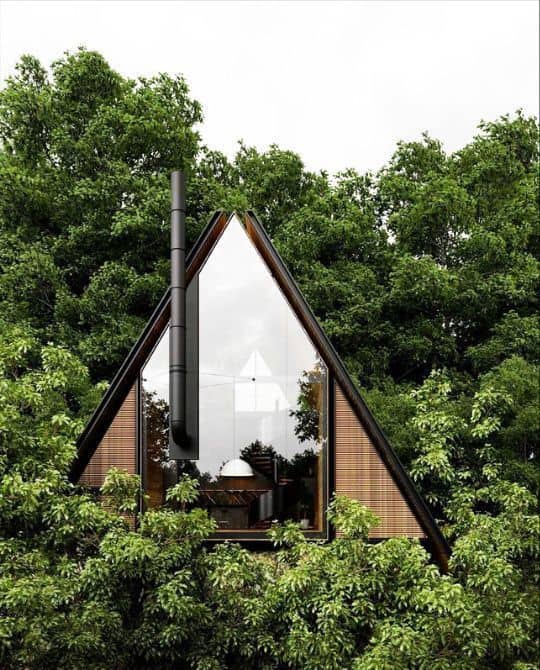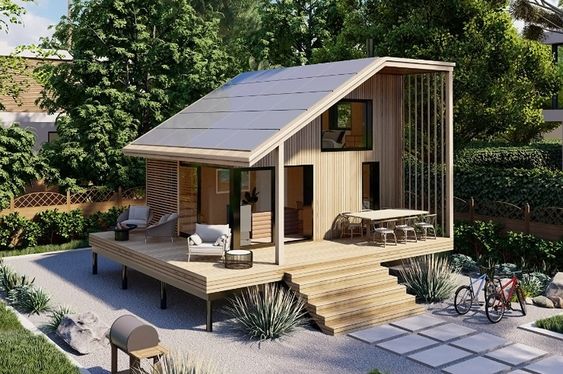In an era defined by environmental awareness and a longing for simpler, more meaningful living, sustainable cabin design has emerged as a beacon of hope. These eco-friendly retreats are redefining the way we think about our living spaces.
-
Embracing the Beauty of Minimalism
Sustainable cabin design often incorporates minimalist principles. These cabins are thoughtfully designed with a “less is more” philosophy in mind. By eliminating excess and focusing on essentials, cabin dwellers can reduce their environmental footprint. Compact living spaces encourage a simpler, clutter-free lifestyle, and the emphasis on functionality ensures that every square foot serves a purpose.
-
Harnessing the Power of Renewable Energy
One of the most significant aspects of sustainable cabin design is its reliance on renewable energy sources. Solar panels, wind turbines, and hydroelectric systems are all options for powering these off-grid retreats. This shift towards renewable energy not only reduces the cabin’s carbon footprint but also fosters self-sufficiency, enabling residents to live comfortably even in remote locations.
-
Eco-Friendly Materials and Construction
Sustainable cabins are built using eco-friendly materials and construction techniques. Reclaimed wood, recycled steel, and locally sourced materials reduce the environmental impact of the building process. Additionally, these cabins are designed to maximize energy efficiency, with features such as well-insulated walls and energy-efficient windows that retain heat in winter and keep the cabin cool in summer.
-
Blurring the Line Between Indoor and Outdoor Spaces
One of the most enchanting aspects of sustainable cabin design is the seamless integration of indoor and outdoor spaces. Large windows and open-concept floor plans invite nature indoors, allowing residents to enjoy breathtaking views and natural light. This connection to the outdoors fosters a sense of tranquility and encourages an appreciation for the surrounding environment.
-
Water Conservation and Sustainable Practices
Sustainable cabins prioritize water conservation and sustainable practices. Rainwater harvesting systems, composting toilets, and greywater recycling are common features. These innovations not only reduce the cabin’s impact on local water resources but also promote responsible living habits that can be carried back to the city.
-
Disconnect to Reconnect
Sustainable cabins often lack modern distractions like constant internet connectivity and cable television. This intentional disconnection from the digital world encourages residents to reconnect with nature and each other. It provides an opportunity for reflection, mindfulness, and a deeper appreciation for the natural world.
-
Inspiring Responsible Tourism
Sustainable cabins are also making an impact on the tourism industry. Many eco-conscious travelers seek out these retreats for their vacations, supporting responsible tourism practices. By choosing sustainable cabins as their accommodation, travelers are actively contributing to the preservation of pristine natural environments.

















